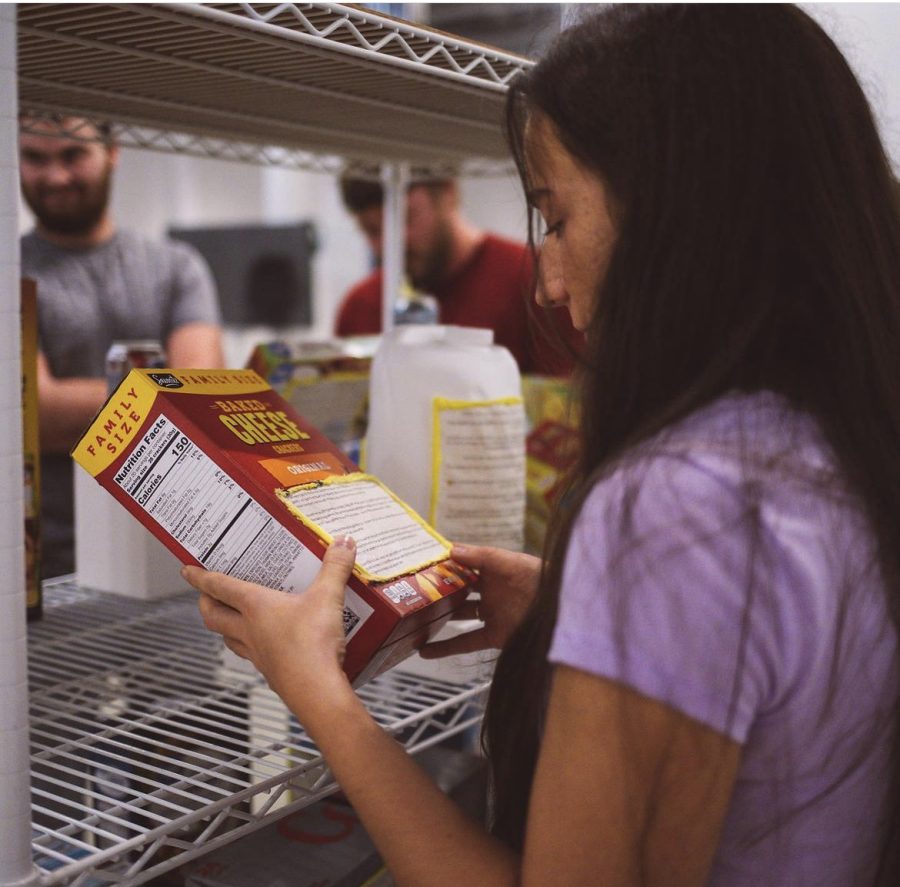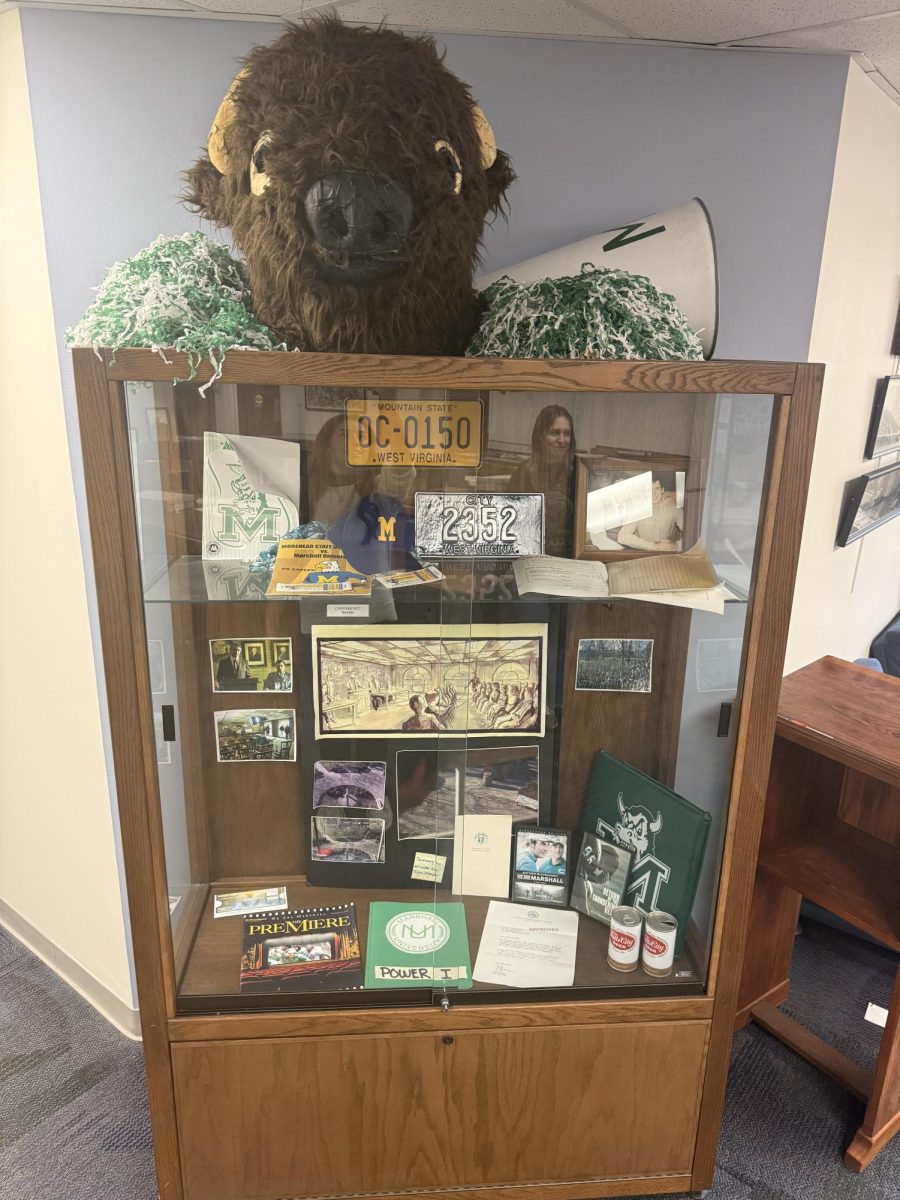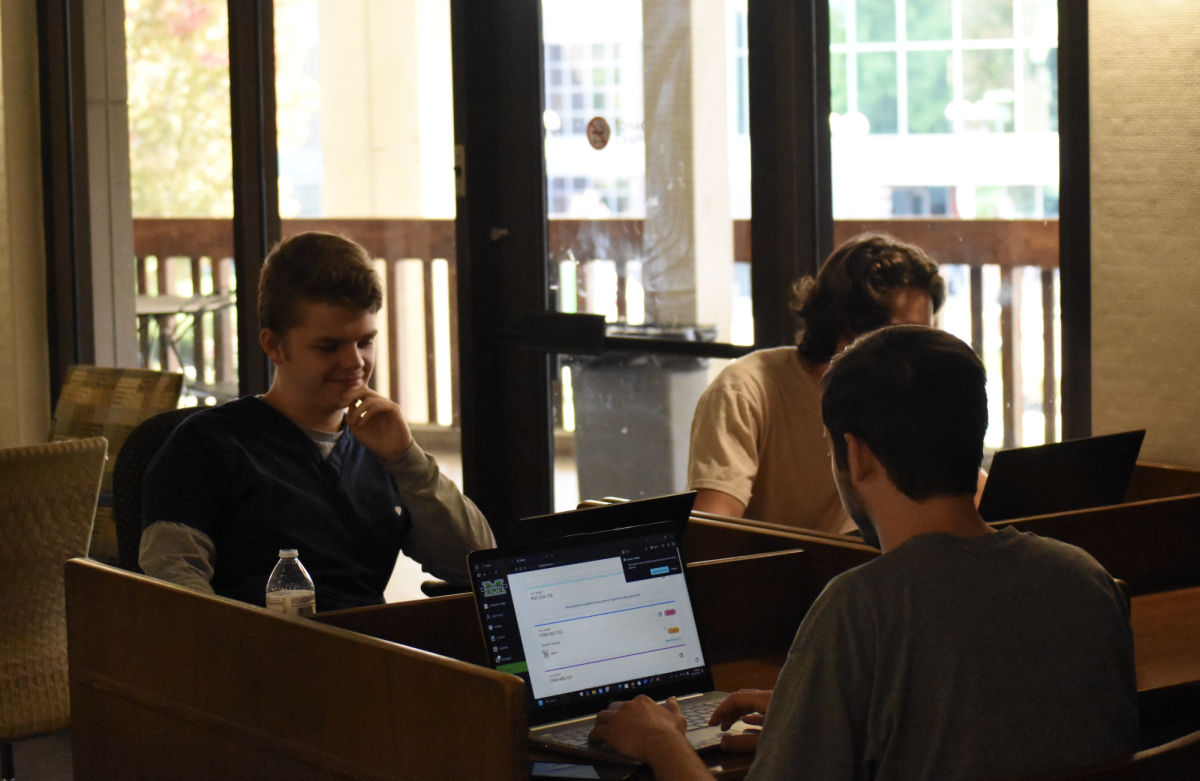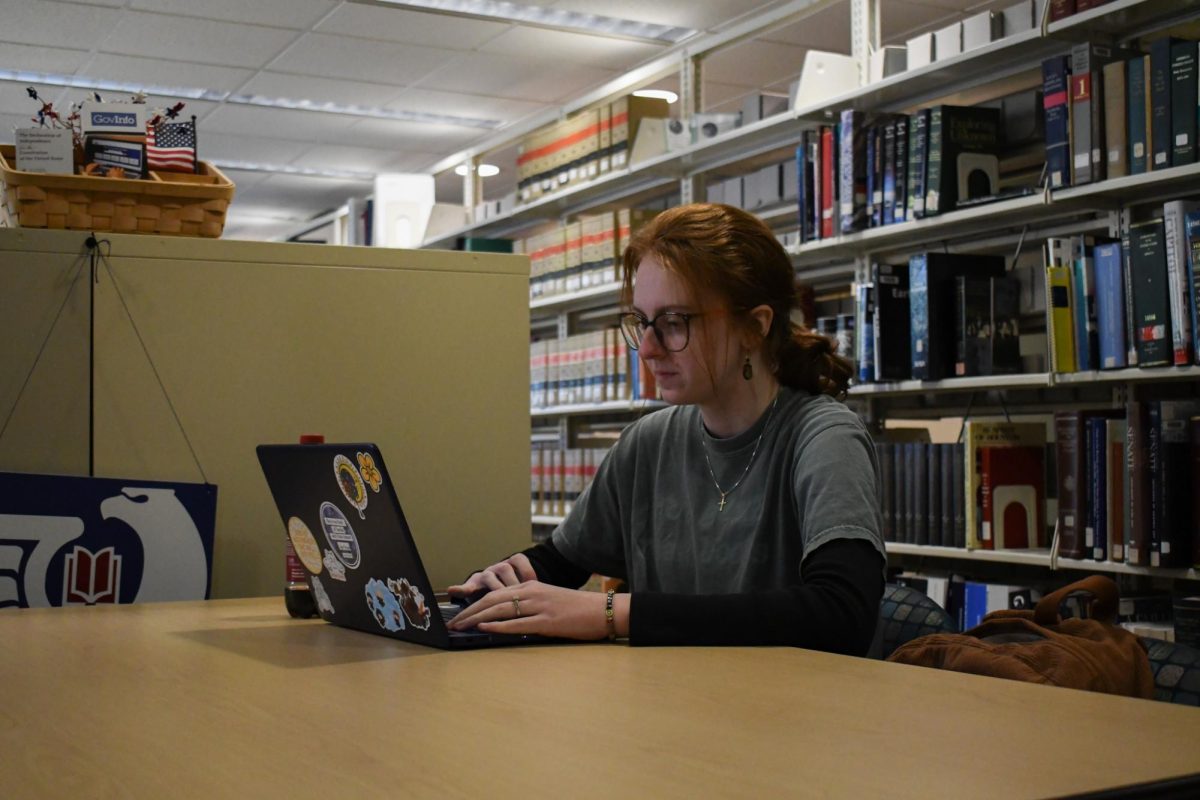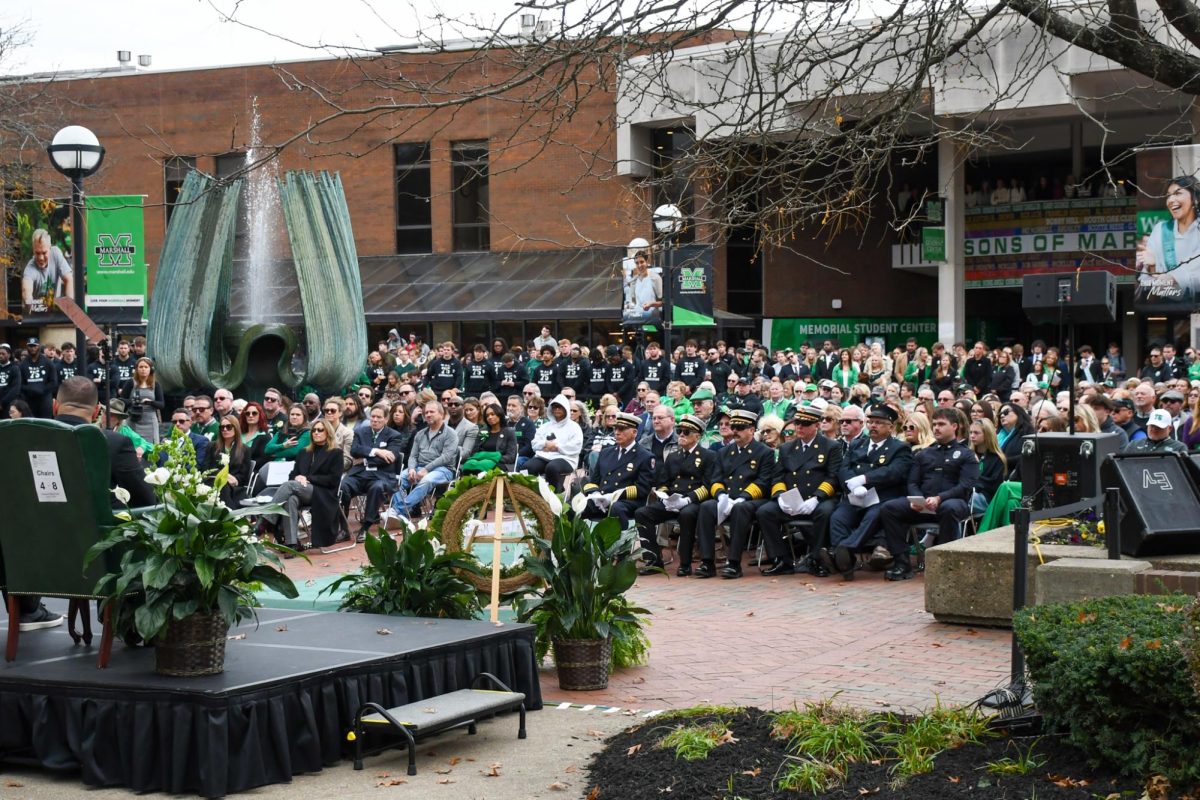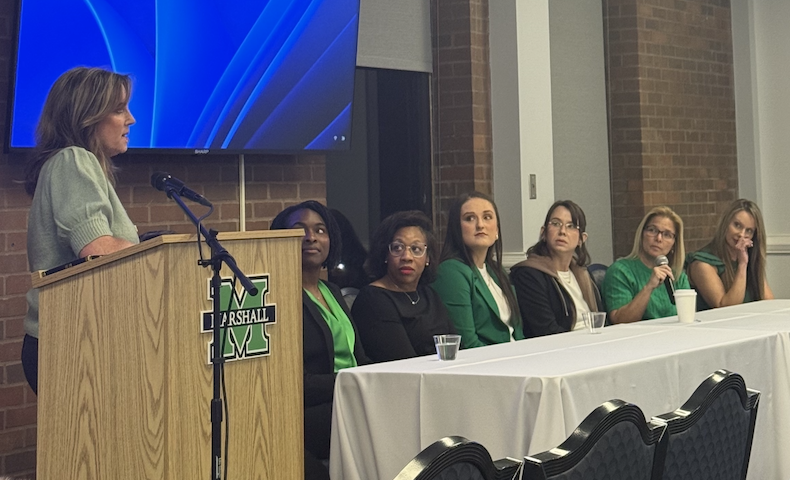Immersive Exhibit Challenges Stigma Surrounding Appalachian Food Deserts
October 31, 2022
Desolate and barren, the curved backroads of the Tri-State can leave drivers traveling miles without any sign of life. The only oasis for human interaction is a dollar store that crops up every 15 miles or so along these winding country roads.
These food deserts are the reality for many locals across Appalachia who travel up to a half-hour away just to receive groceries or a meal every day.
Raised in the center of a food desert, journalist Xena Bunton had little knowledge growing up of what that meant for her community. It wasn’t until attending Marshall University that she saw the stark contrast between food accessibility in these rural areas.
“After moving from Huntington, West Virginia to Crown City, Ohio, I questioned if I was the only one who noticed it,” Bunton said. “I felt the urge to talk to my neighbors to see why the area had become a food desert and how they were getting by.”
Tales of food insecurity and poverty were told to Bunton by the people of these forgotten towns, and yet she also discovered a deep sense of pride and tradition rooted in the heart of Appalachia.
“The conversation about Appalachian food insecurity is deeply intertwined with the sense of pride that people feel for their hometowns,” Bunton said. “People don’t want to be stereotyped for asking for help, which is why there is such great stigma surrounding using resources.”
Bunton embarked on a mission to share the stories of Tri-State food deserts in a way that allowed viewers to access resources without feeling shame.
Teaming up with local creatives, she created Generally: an immersive exhibit that told the stories of Appalachia through sustainable journalism.
Bunton utilized recycled grocery items to showcase the photos and stories from Appalachians impacted by food deserts. The installation encouraged viewers to pick up and read the different boxes and cans as though they were actually shopping at a grocery store.
Generally also featured the work of other artists, such as Suzan Ann Morgan’s “Affordable?” a hand-dyed quilt examining the five dollar stores within 20 minutes of her home. Artist Kelsie Tyson, on the other hand, addressed the colloquialism found in her hometown with her “J’eat yet?” fuzzy wall poem. Meanwhile, local potter Meghann Ferguson curated a fortune cookie piece that shared statements many Appalachians wished outsiders knew before judging them.
Generally was hosted at the Marshall University Visual Art Center from Oct. 24 to Oct. 27 and was funded by New Media Advocacy Project’s Appalachia Reframed cohort. The reception of the exhibit was uplifting and supportive, according to Bunton.
“I was especially moved when I saw a young man—probably eight or nine years old—taking photos of the art pieces,” Bunton said. “It warmed my heart to see people of all ages enjoying the exhibit.”


